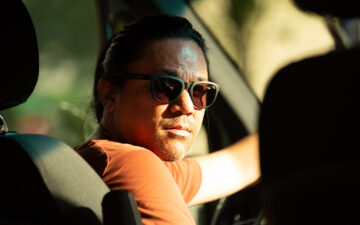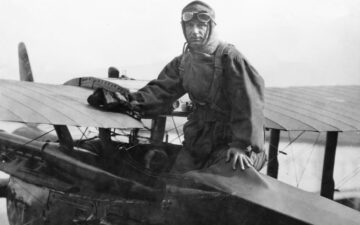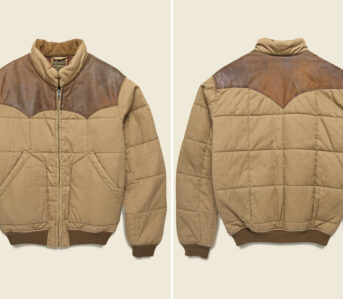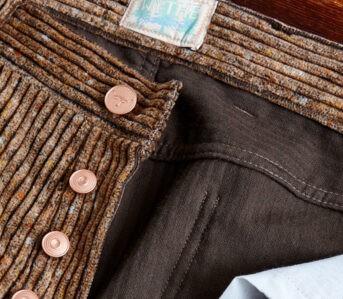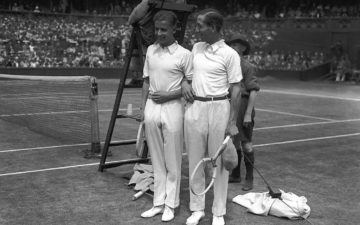Frogskin, known colloquially as ‘Duck Hunter Camo’ is one of the most appreciated camouflage patterns within the heritage clothing scene. The exact reason why brands like The Real McCoy’s, Warehouse & Co, and many more choose to reproduce Frogskin pieces so often isn’t completely known, however, the pattern’s roots in World War II — specifically the Pacific War era — mean that Frogskin pieces were widely issued and thus became a memorable piece of the sartorial history of the War.
While we have touched on Frogskin camo in Understanding Camo: The 13 Patterns to Know, we haven’t hopped into its rich history, until now. In this 2-part article, we will look at the beginnings of Frogskin camo, its uses, and how it came to clad the backs of soldiers from many different nations – even the enemy.
Exiliados Cubanos
It’s 1960, and the violent revolution back in Cuba has been over for a year. However, some exiliados cubanos—exiles from the same nation—feel there is unfinished business with Fidel Castro.
You fled with your surviving family to Miami. One day, a friend-of-a-friend approaches you with an opportunity as you walk home from the employment office. A millionaire exiliado is recruiting men for a dangerous mission to reclaim the homeland and reunite families torn apart by ideologies. Whisked away to Central America, you find yourself among a growing army of your fellow Cubans in a military training camp. The goal: march into Havana and capture Castro. The tactics and training, the machine guns and tanks, and the strange men who dispense them are indeed working for a rich man—a man who goes by “Uncle Sam!” It’s an unspoken reality that the CIA is orchestrating an invasion.

Cuban exiles training for the upcoming operation. Image via laststandzombieisland.
Catalog Clandestine
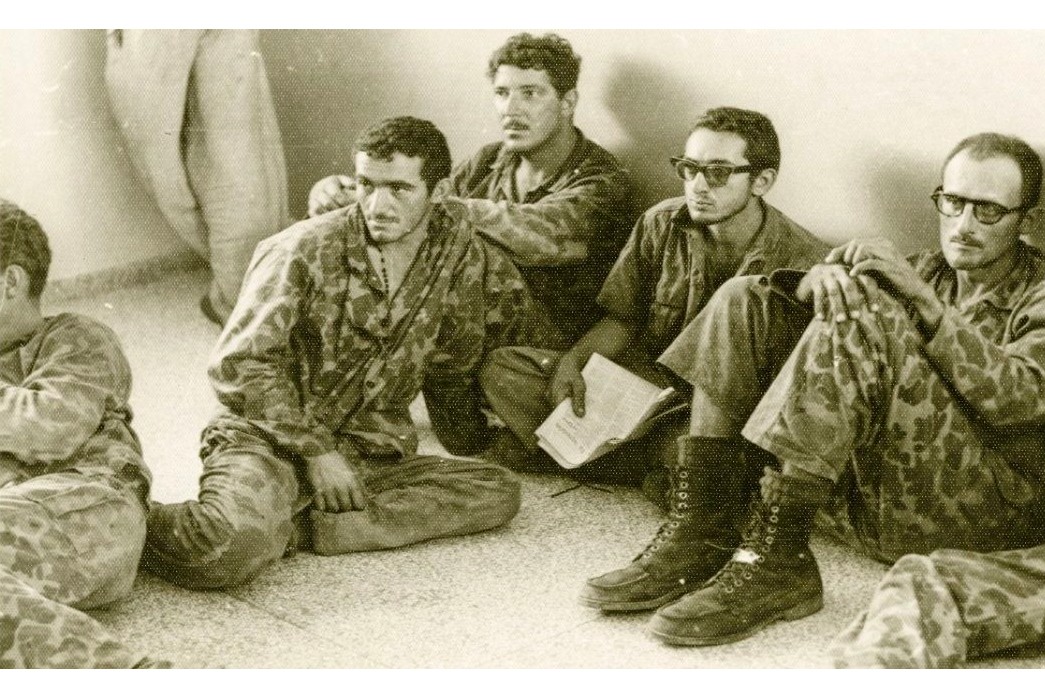
Prisoners from Assault Brigade 2506 in the aftermath of the failed invasion. Civilian clothing is evident in this photo. Image via Edmundo Perez/University of Miami Library.
To keep the American government’s hands clean and the public’s conscience clear, some creative measures are taken. A stoic agent behind mirrored shades hands you a neatly folded pile of civilian hunting clothes. Yes, express delivery from a Sears & Roebuck mail-order catalog. You step into your uniform and buff a pair of new black work boots before receiving a crash course in cleaning your surplus rifle (which can also be found in a catalog). All of the training goes by in a flash. You blink your eyes and it’s April of the following year. As you walk up the gangway of a troop transport ship, you know that whatever happens next will secure your place in history. From the jungles, your unit— Assault Brigade 2506—will make landfall in Cuba’s Bay of Pigs and charge into the heart of a brutal reception. Many will survive as prisoners. The ones who can outlive captivity will later be exchanged with the U.S. for aid.
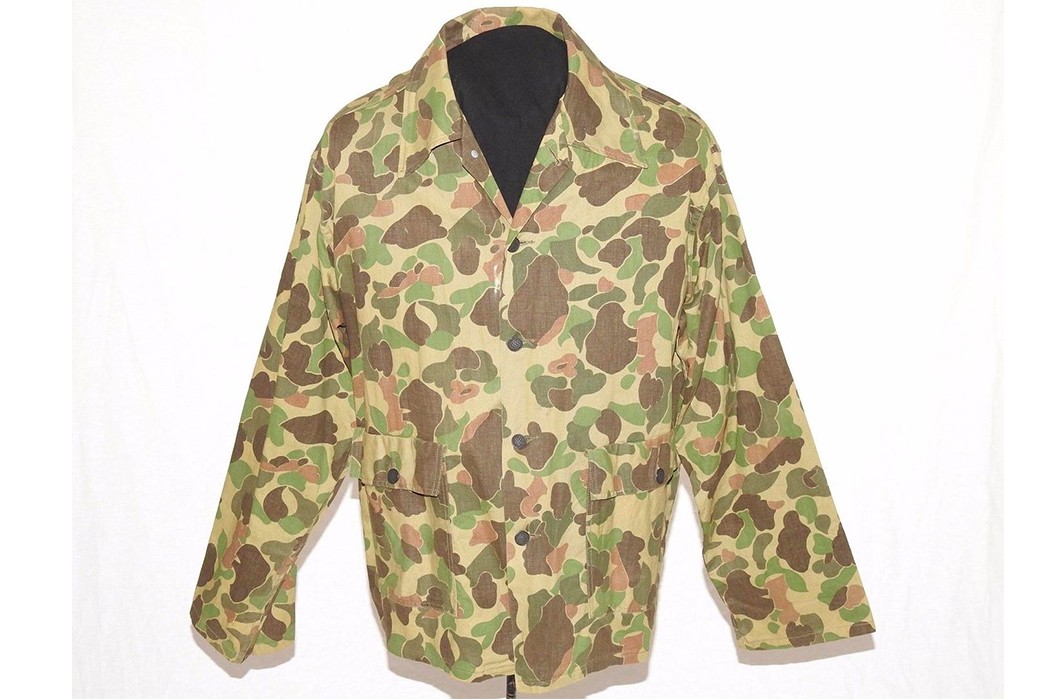
This jacket, attributed to the early 1960s, is the same type that was issued by the CIA for the Bay of Pigs. Image via Worthpoint.
The failed invasion, which sought to defy all numerical odds and undo a bloody revolution, would set the stage for some of the Cold War’s darkest chapters. With Assault Brigade 2506, “frogskin” camouflage will forever be the uniform of an army without an official country. The fabric had experimental origins during World War II and its use by many different factions during the Cold War was no less secretive and experimental. While its association with clandestine activities remains strong, the greatest visibility that this camouflage received (pun intended) was with civilian hunters in the postwar era.
Wartime Development
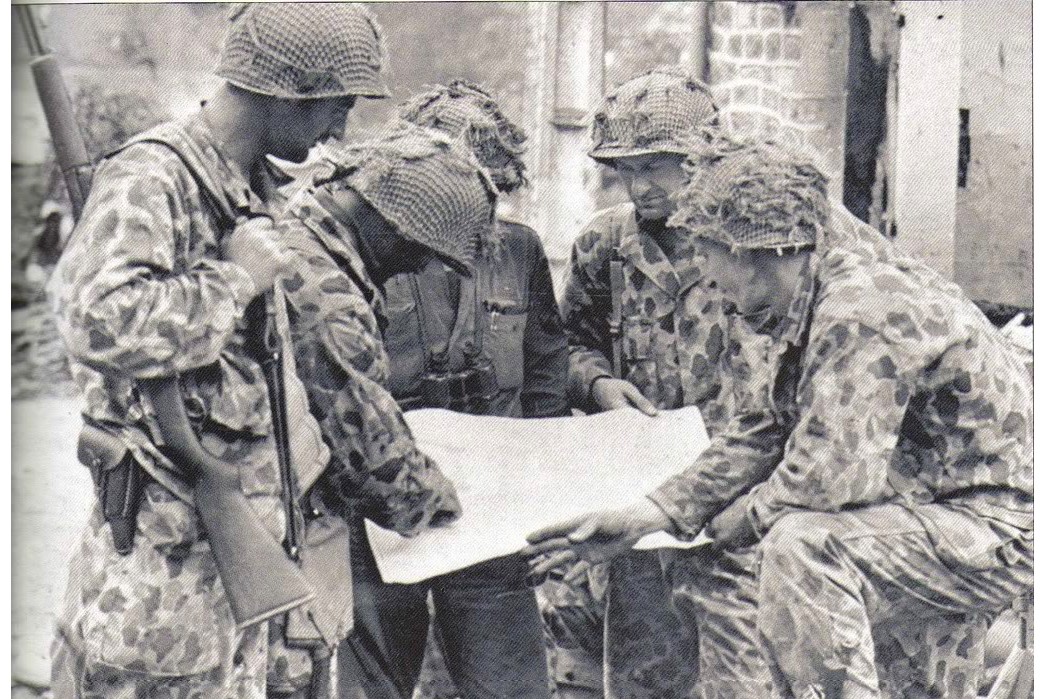
Soldiers of the U.S. 2nd Armored Division study a map during The Normandy Campaign, July 1944. Image via Facebook/WWII Uncovered.
Before the terms “frogskin” or “duck hunter camo” even came into popular usage, the classic four-color camouflage print was formulated for tropical warfare in the second half of 1942. Reversible fabric—with sides that favored green or brown—allowed one uniform to cover the most terrain possible. Despite the ingenuity, one-piece herringbone twill (HBT) jungle suits were issued on a relatively limited basis. They were superseded by more popular two-piece uniforms and fabric that was solid Olive Drab (O.D.) Shade No. 7.
Detractors theorized that frogskin actually accentuated the movement of infantry. However, it was still ideal for snipers who occupied static positions for extended periods. Furthermore, despite the jungle suit being replaced, the use of frogskin camouflage in the Pacific is well-documented. So, what about in the hedgerows of France?
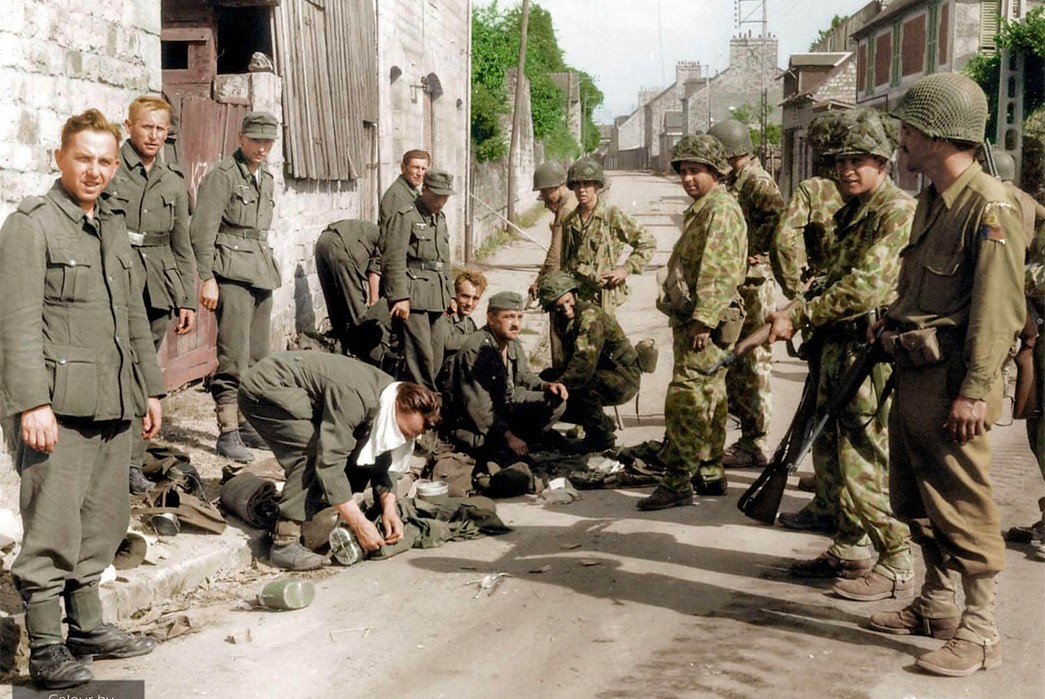
This colorized scene shows American soldiers of the 2nd Armored Division (right) guarding German prisoners in Normandy. Image via Facebook/WW2 Colourized Photos.
The European Theater
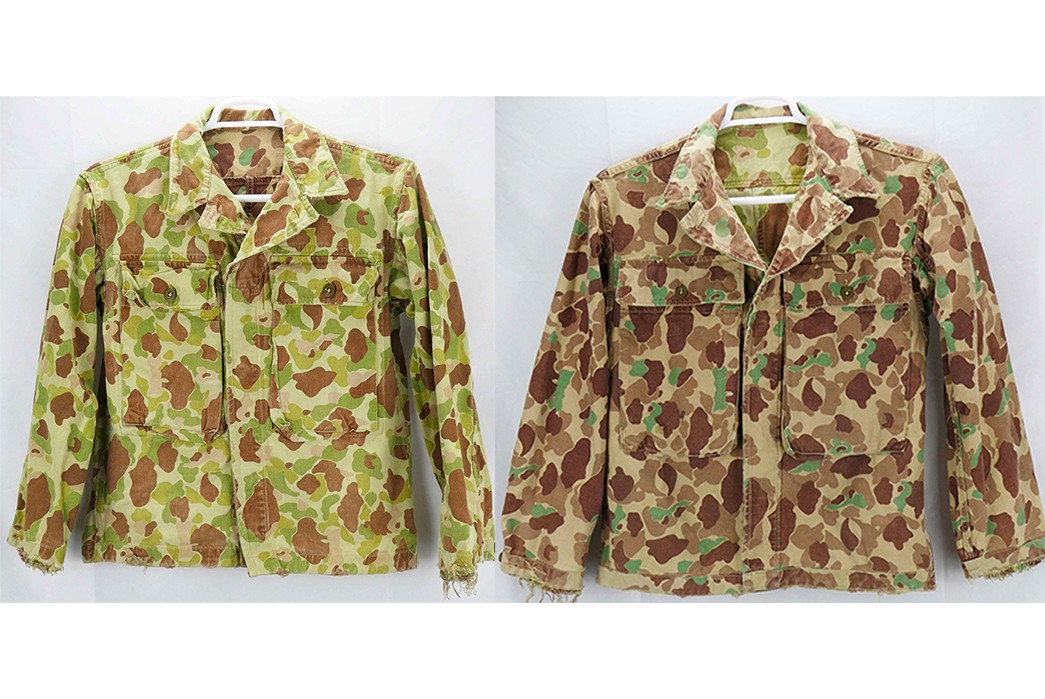
The brown and green sides of a British-manufactured HBT jacket. This piece was made in the U.K. for American forces under the “reverse” Lend-Lease—an agreement that provided an indispensable range of goods, materials, and services to the latter. Image via Kommando Post.
The bocage country of Normandy proved especially challenging for Allied troops after D-Day. Dense rows of medieval hedges that snaked through wheat fields and cow pastures gave the enemy ample hiding space—an enemy that was already adroit at camouflage paints and fabric prints. The U.S. military sought redemption for the jungle suit’s assessed failure and a two-piece camouflage uniform was devised for the infantry (and not just snipers).
Like its earlier counterpart, the HBT material performed effortlessly in the summer heat. Soldiers of the U.S. 2nd Armored Division—along with some elements of the 2nd Infantry Division and 30th Infantry Division—sported the new camouflage uniforms during the breakout from Normandy. According to photo analysts, frogskin appears in 2nd Armored Division photos through September 1944.
Fog of War
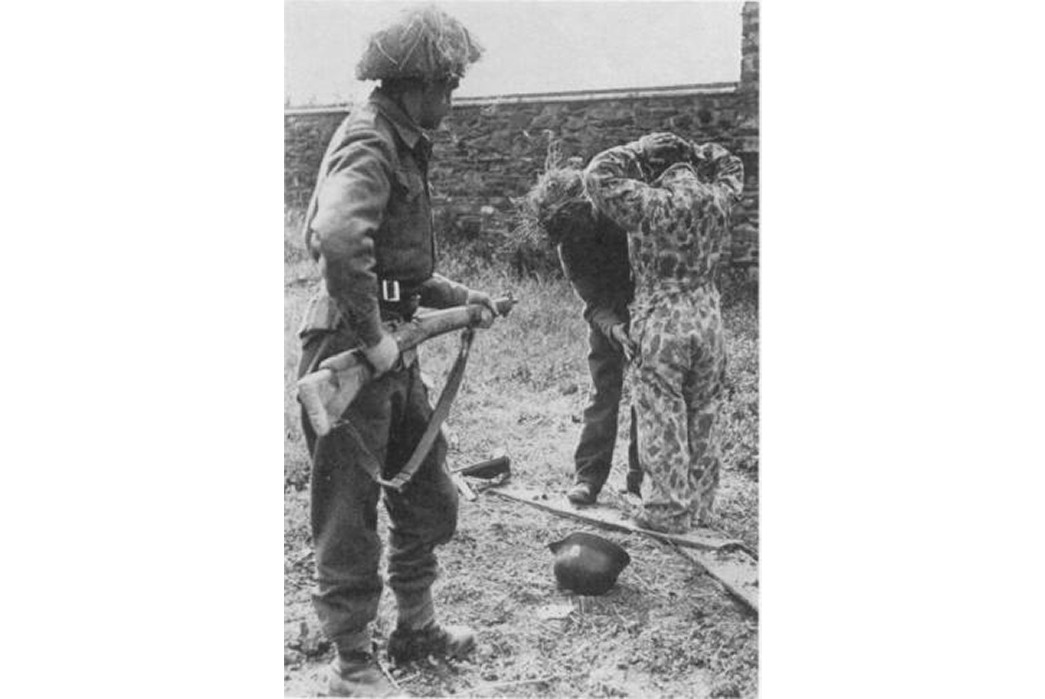
This photo is an Alan-Turing-level enigma. The two soldiers on the left side are undoubtedly Commonwealth and the image purportedly shows a “German sniper” being taken prisoner. However, the prisoner is wearing frogskin! One theory posed online is that this is a training scenario with some borrowed American camo. Another unprovable possibility is that the coveralls were made from a captured American parachute, which had the same camouflage pattern in silk. Image via Axis History Forum/Dennis Redler.
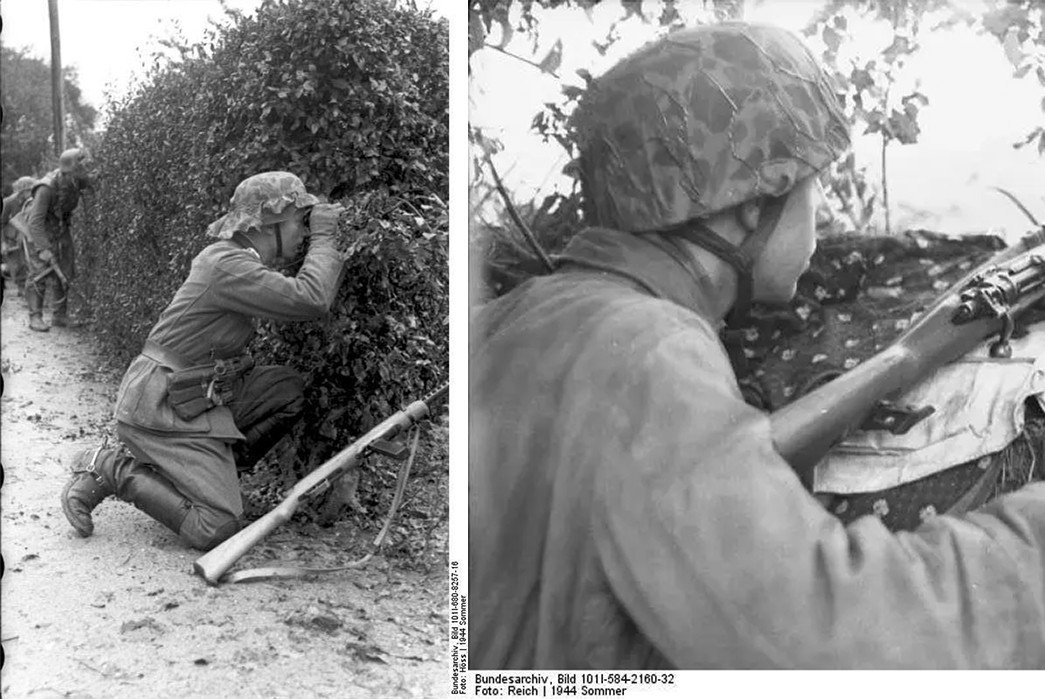
Camo so sick, even the enemy liked it. Two examples of German soldiers repurposing American parachutes for use as helmet covers. Images via laststandzombieisland.
Camo HBT had again disappeared from regular foot soldiers. Some sources place a significant amount of blame on the fact that it made the battlefield more confusing; in the dense brush, U.S. forces resembled the Germans! It has also been theorized that the use of frogskin uniforms in Europe was merely another experiment. That’s to say, the uniforms were simply replaced with O.D. green once they wore out.
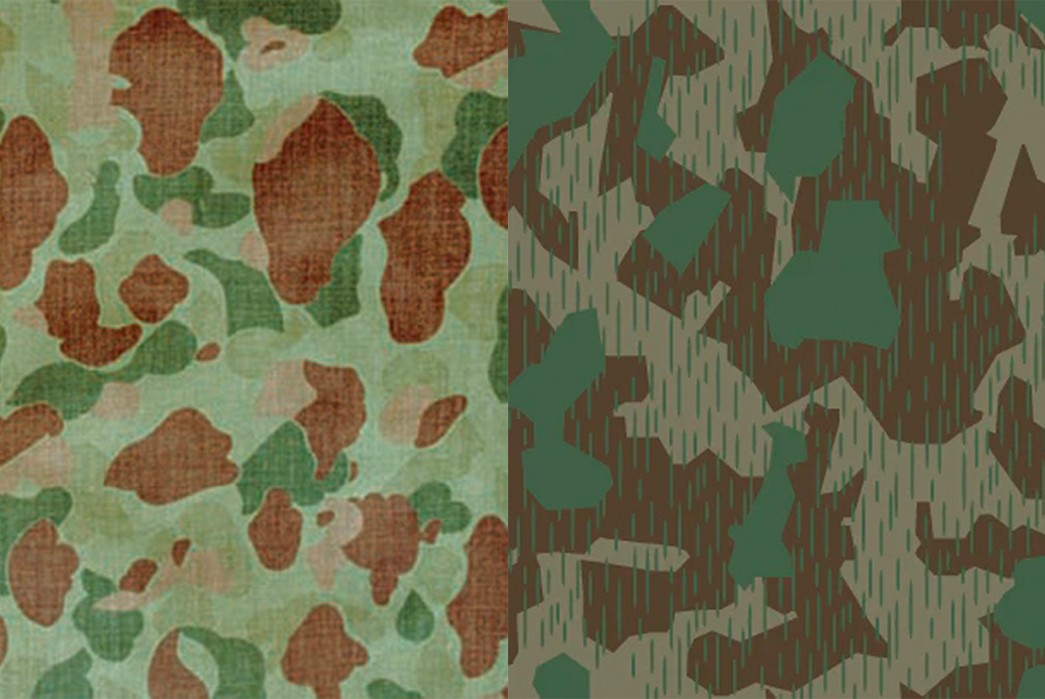
While the “friendly fire” theory is hotly disputed among historians, it’s your turn to be the judge. On the left is the U.S. 1942 camo pattern (“frogskin”) and on the right is the German Bundtfarbenaufdruck 31 pattern. Images via Wikipedia/IQ125 and Panzer Models, respectively.
Korea
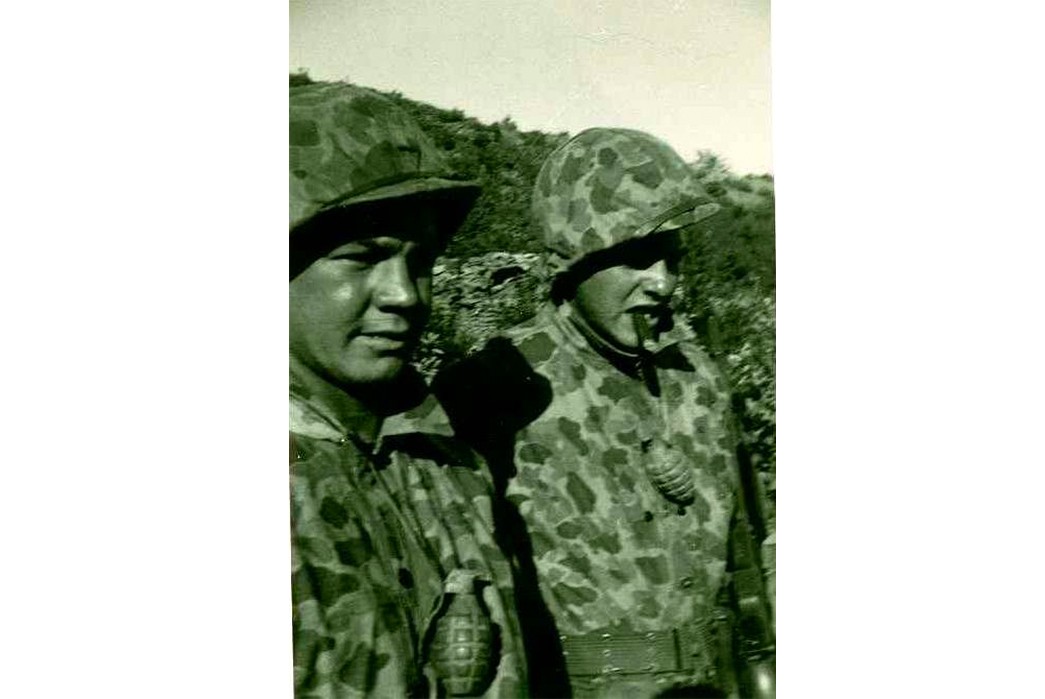
A pair of camouflaged marines in the Korean War. Korea indirectly pitted former allies—namely the U.S. and U.S.S.R.—against each other’s sophisticated military tech for the first time. The stage was thus set for modern world history. Image via U.S. Militaria Forum/LOLUSMC.
The waning months of World War II didn’t spell the end of frogskin for the U.S. military. The classic camouflage helmet covers remained in use with the U.S. Marine Corps through 1945 and into the Cold War. In addition, evidence supports that Marines serving in the Korean War (1950-1953) were issued camo “blouses” (read “jackets”) and trousers on occasion. Specifically, the two-piece P-44 Utility Uniform appears the most often. Some militaria collectors report that veterans who served after Korea were issued camouflage P-44s as well, perhaps in an effort to clean out dusty quartermaster storehouses. Photos of exercises from the mid-1950s seem to support this.
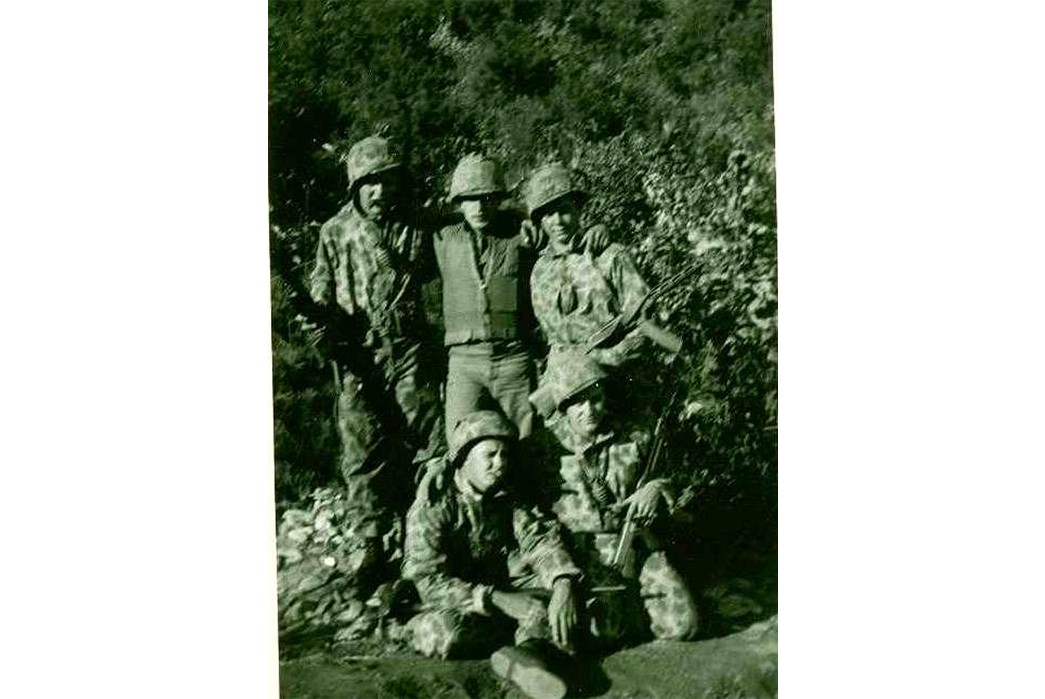
A distinctly Korean War-era image. The flak vest being worn by the man standing in the center dates this to firmly after 1951. Also, note the submachine gun on the far right of the back row—it’s a battlefield souvenir of Soviet design. Image via U.S. Militaria Forum/LOLUSMC.
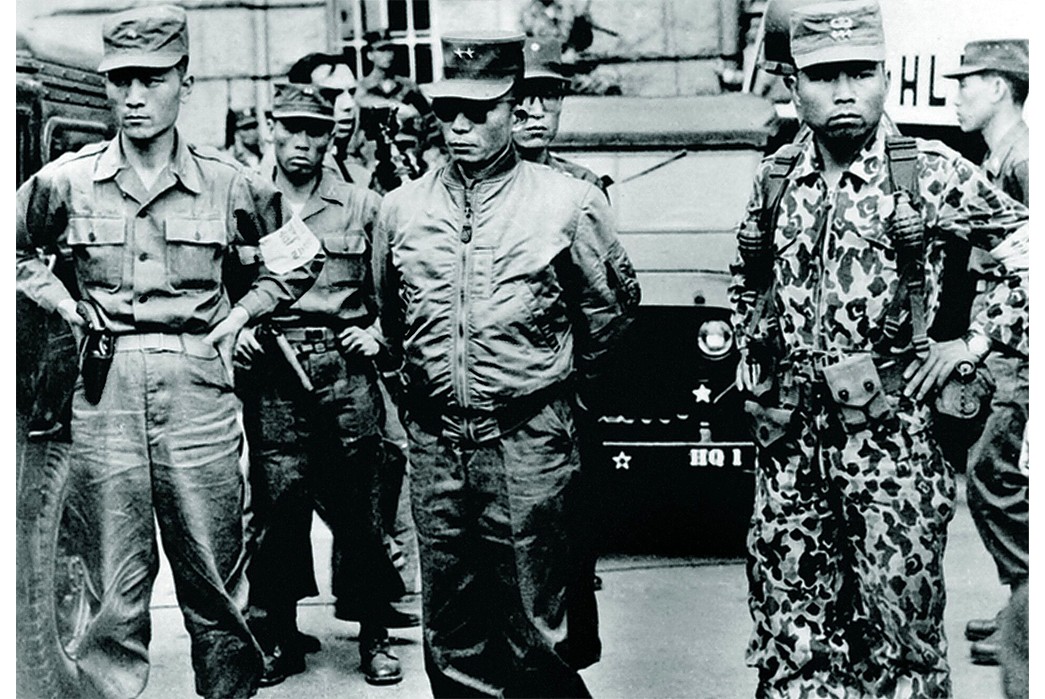
South Korea was once again in the world’s spotlight when a military coup occurred on May 16th, 1961. Born out of a long Japanese occupation and a bloody U.N.-backed struggle with the North, South Korea’s army was heavily influenced by the U.S. and Japan. The full-zip set of frogskin coveralls—which may be a local variation of the classic camo—is a testament to American fabric on the battlefield. Image via Wikipedia.
Part 2 coming on 10.09.23

